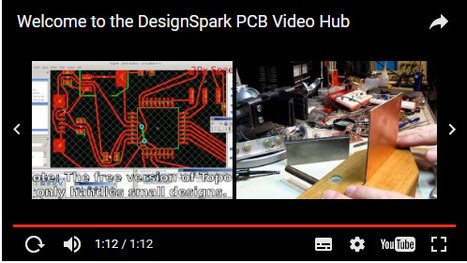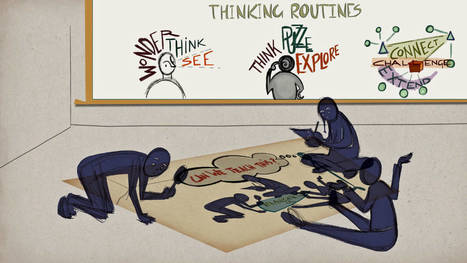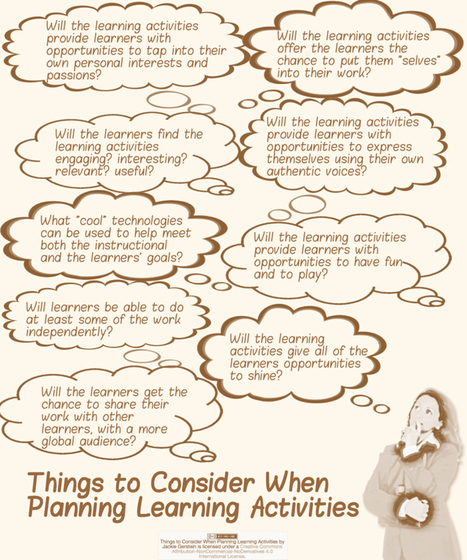Available completely free of charge, DesignSpark Mechanical is a new and powerful 3D modelling software tool that is very easy to learn and provides a highly intuitive user experience to help engineers create design concepts in 3D faster than ever before.
Developed in conjunction with SpaceClaim, the leading provider of flexible and powerful 3D modelling software for engineers, DesignSpark Mechanical overcomes two major barriers to entry faced by potential users that are new to 3D design: prohibitive cost and the considerable investment in learning time associated with traditional 3D CAD tools.
Learn more / En savoir plus / Mehr erfahren:
http://www.scoop.it/t/21st-century-learning-and-teaching/?tag=Ideas+for+makerspaces



 Your new post is loading...
Your new post is loading...


















Learn more / En savoir plus / Mehr erfahren:
http://www.scoop.it/t/21st-century-learning-and-teaching/?tag=Ideas+for+makerspaces